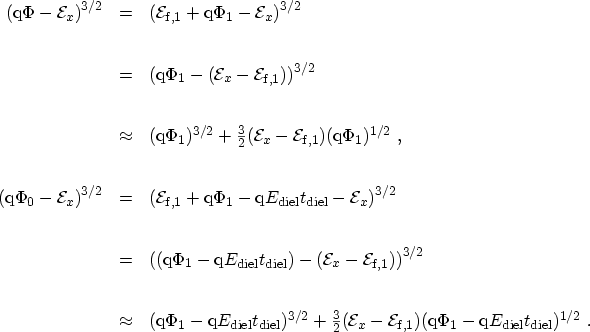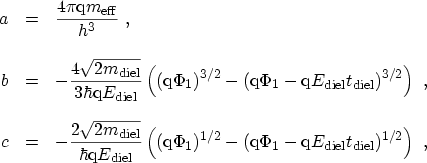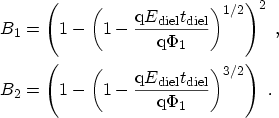|
|
|
|
Previous: A.1 Original FOWLER-NORDHEIM Formula Up: A. The FOWLER-NORDHEIM Formula Next: B. The WKB Approximation |
 |
 |
 |
(A.16) |
 |
(A.17) |
 |
(A.18) |
 |
(A.19) |
 |
(A.20) |
| (A.21) |
| (A.22) |
 |
(A.23) |
 |
(A.24) |
 |
(A.25) |
A. Gehring: Simulation of Tunneling in Semiconductor Devices